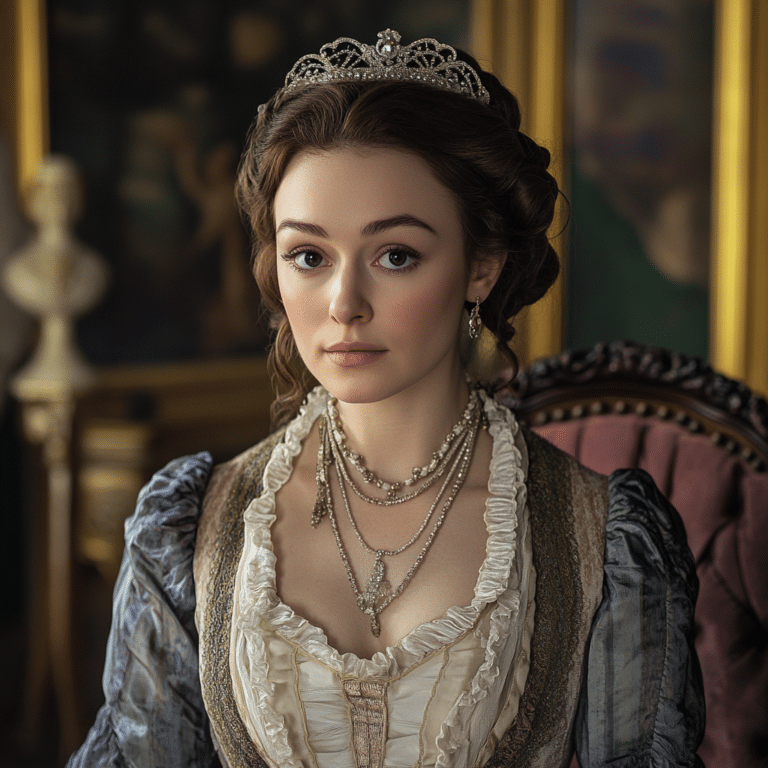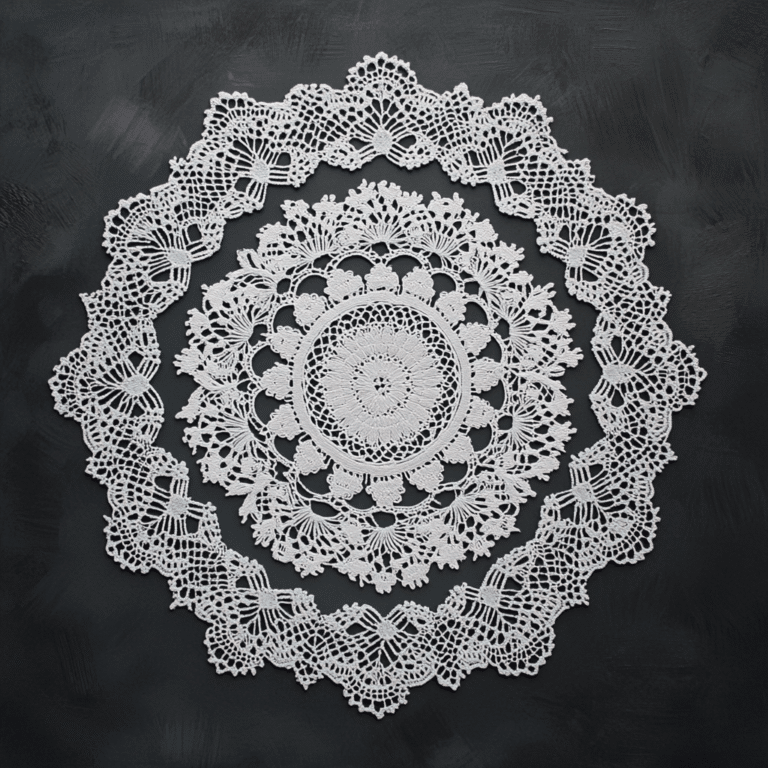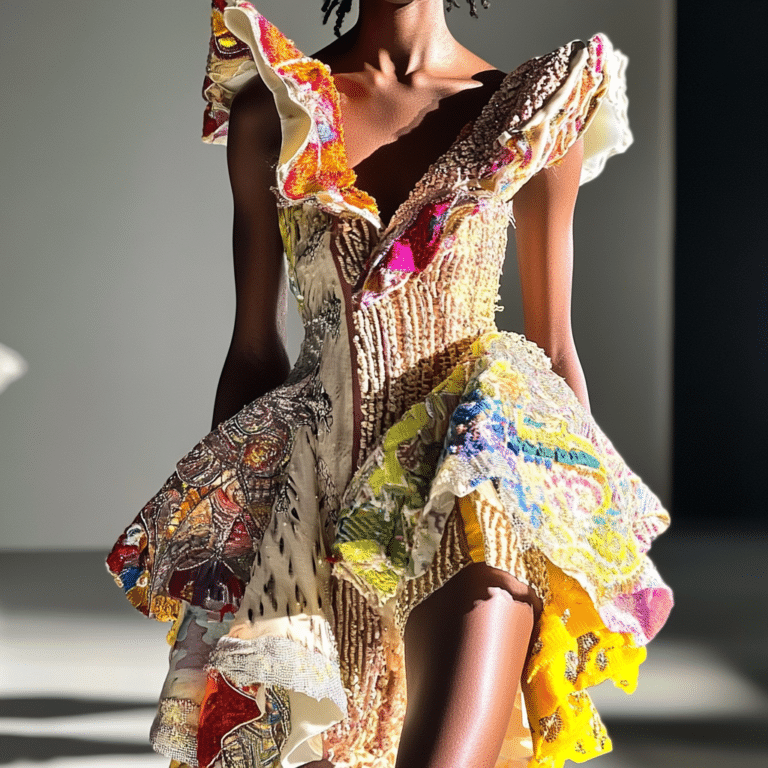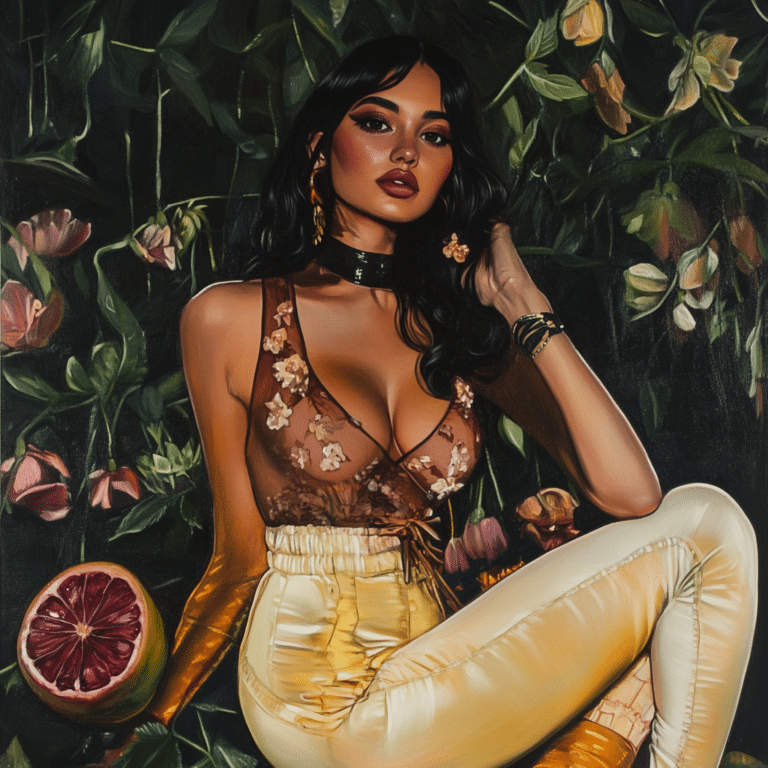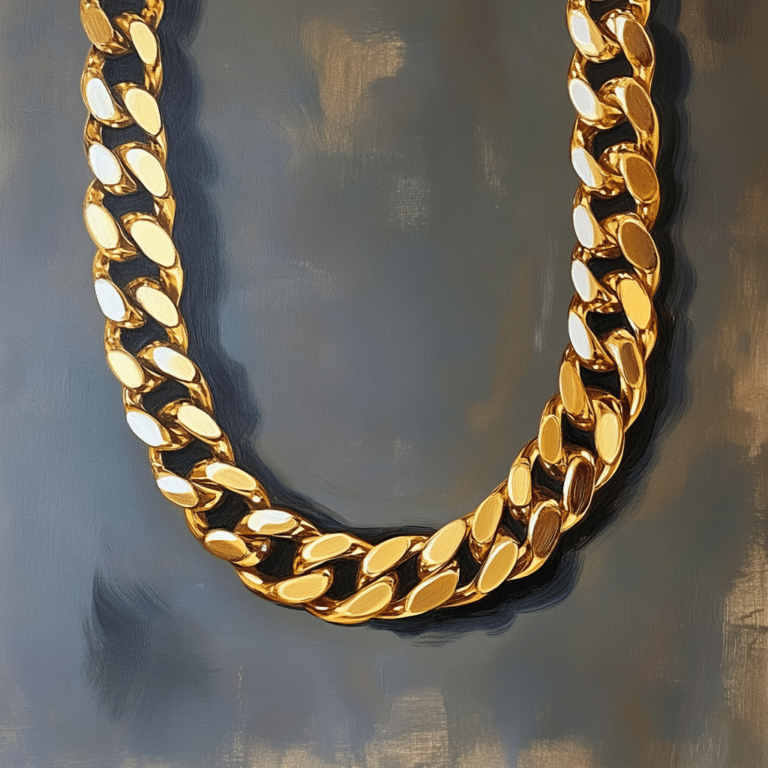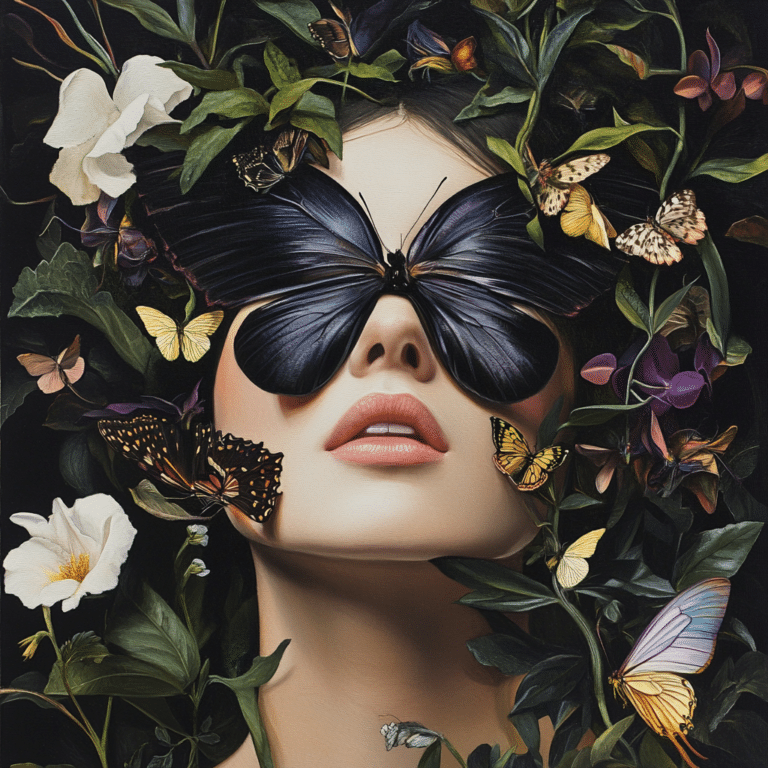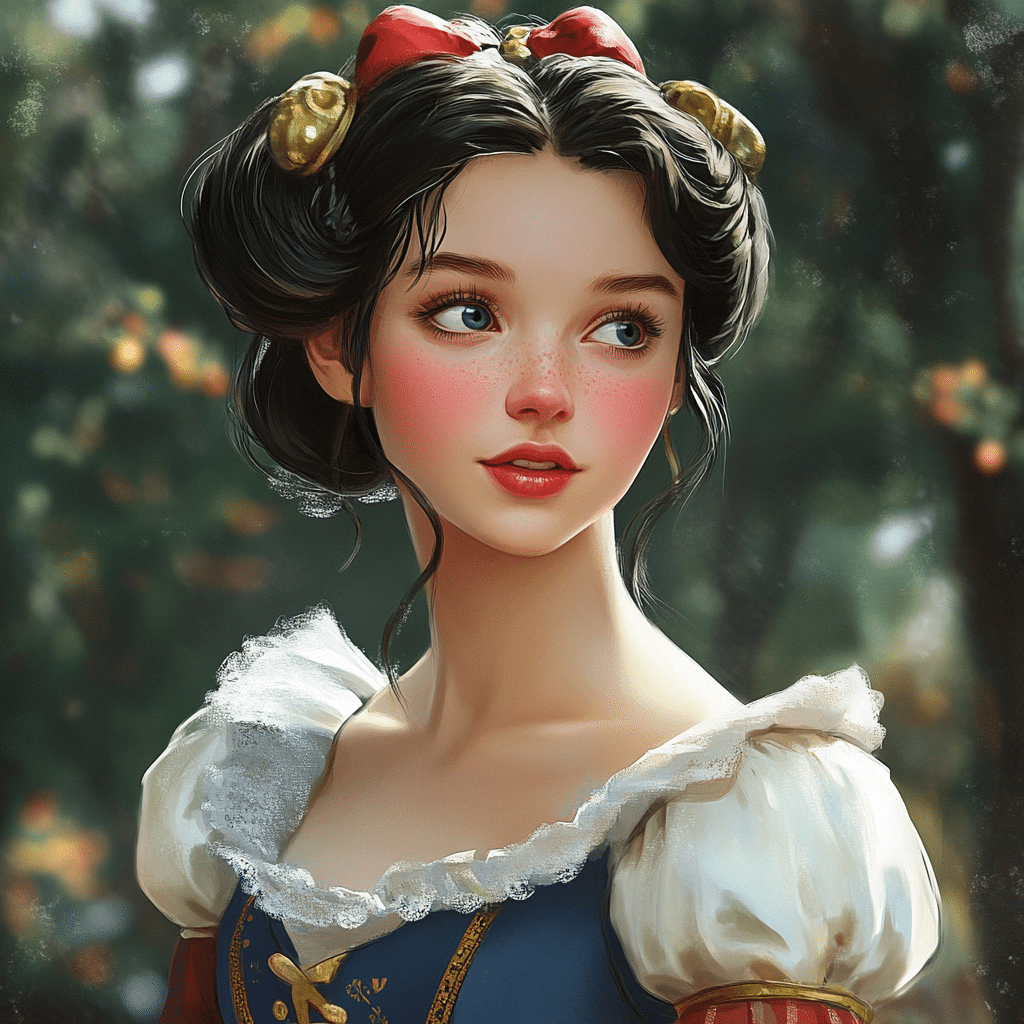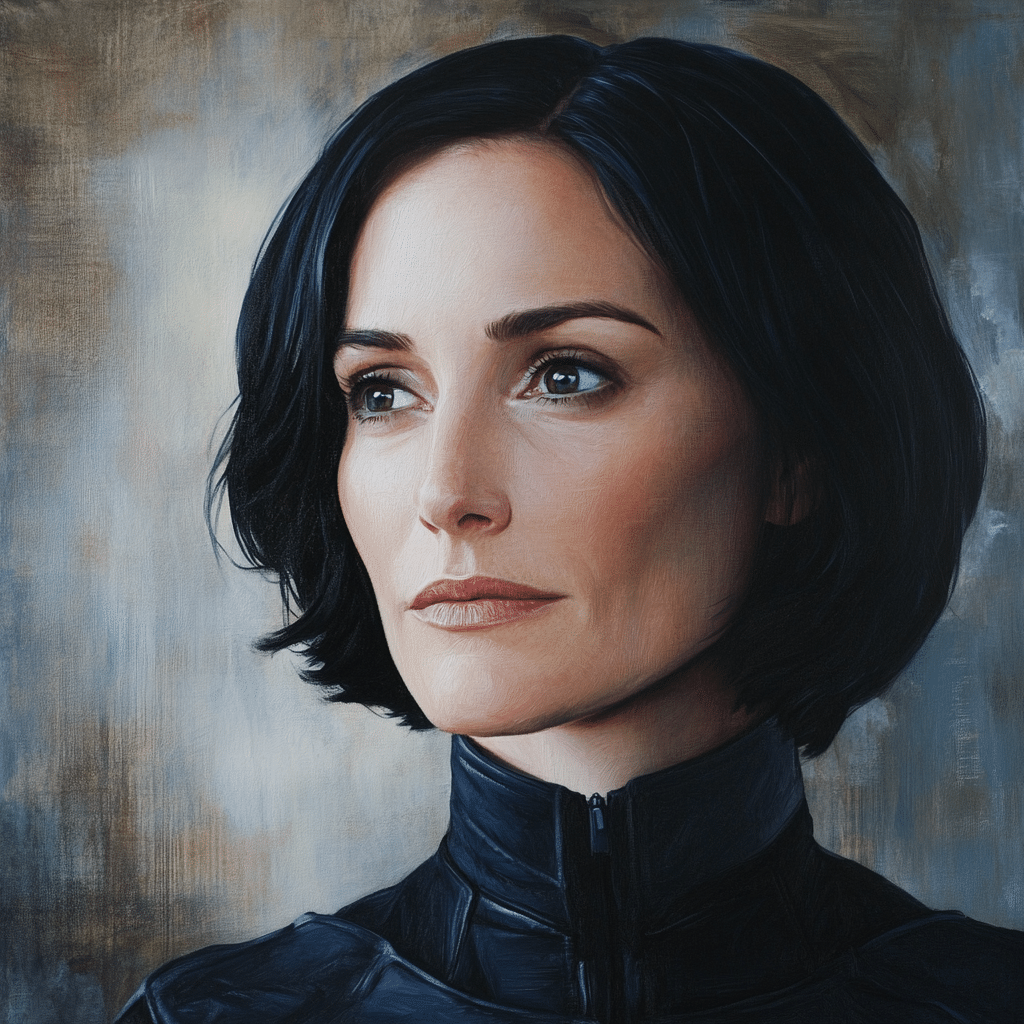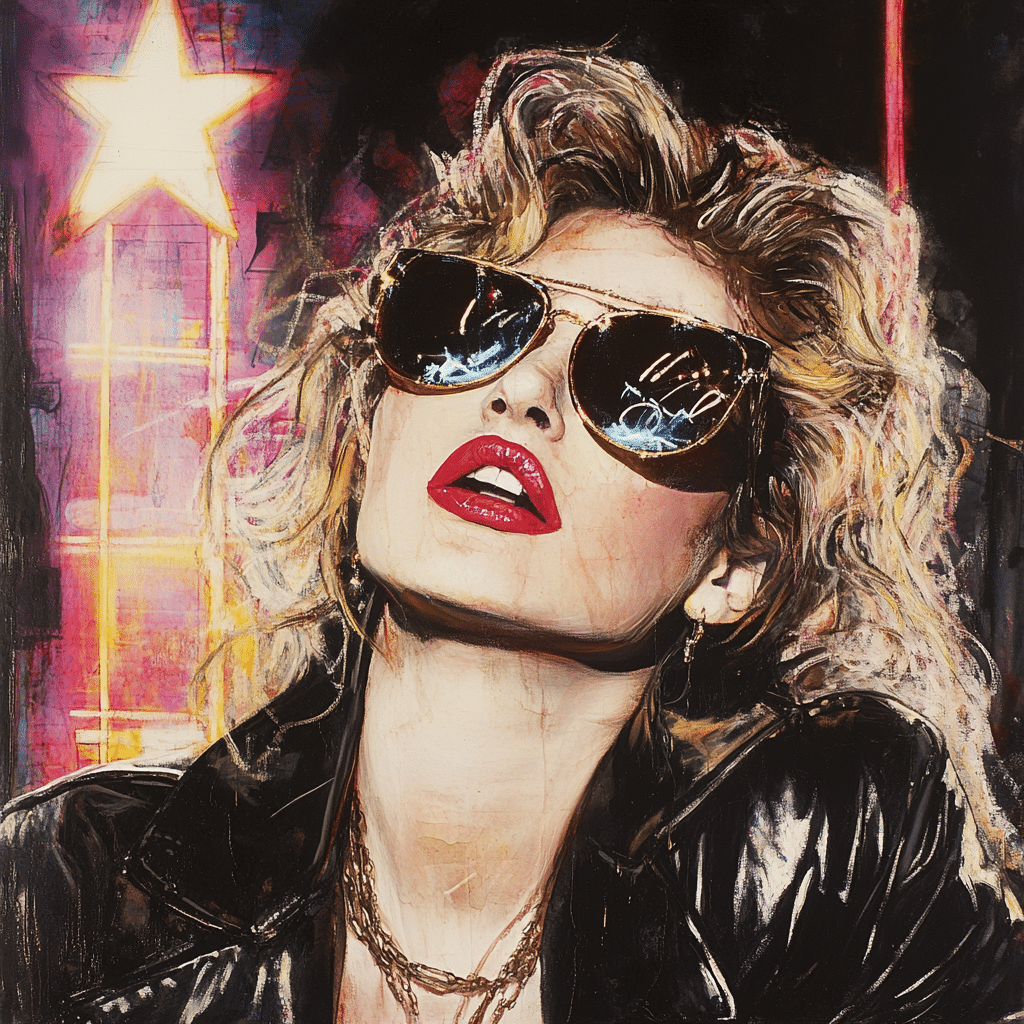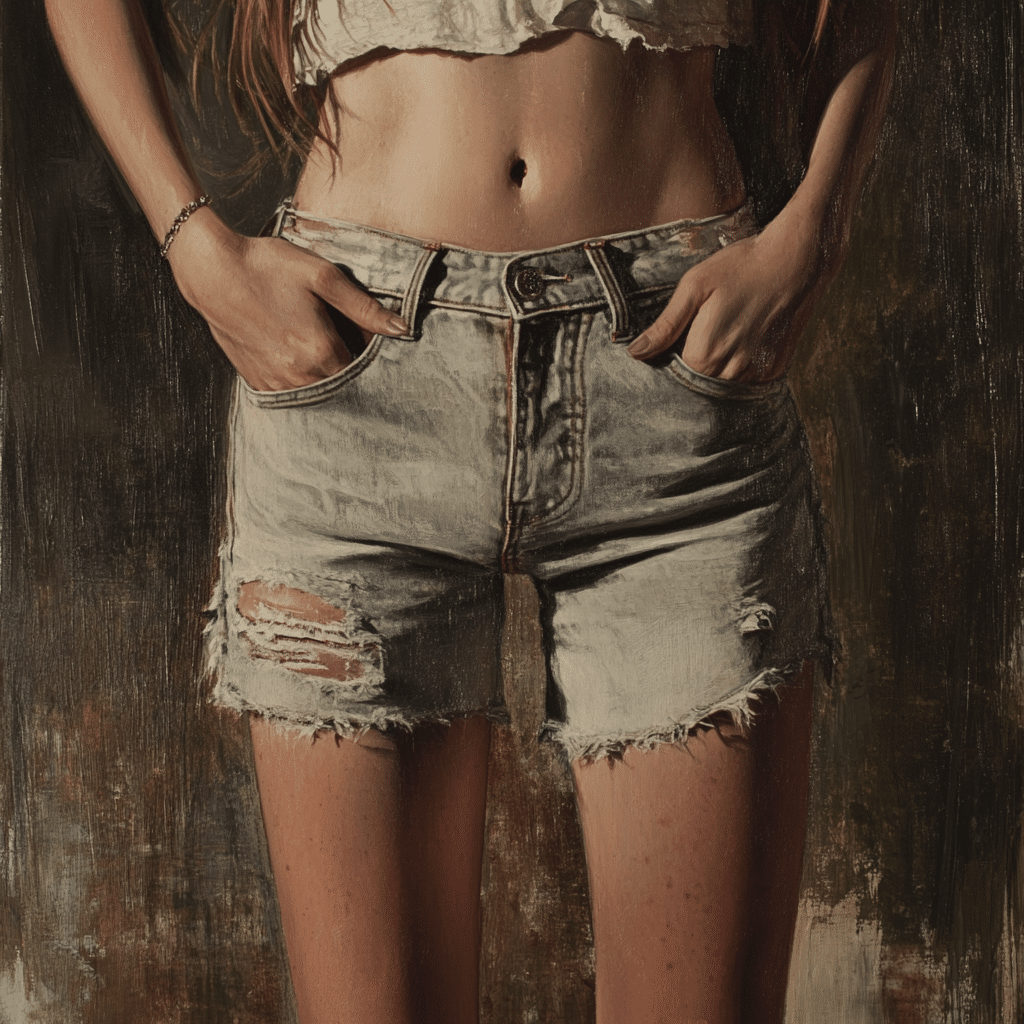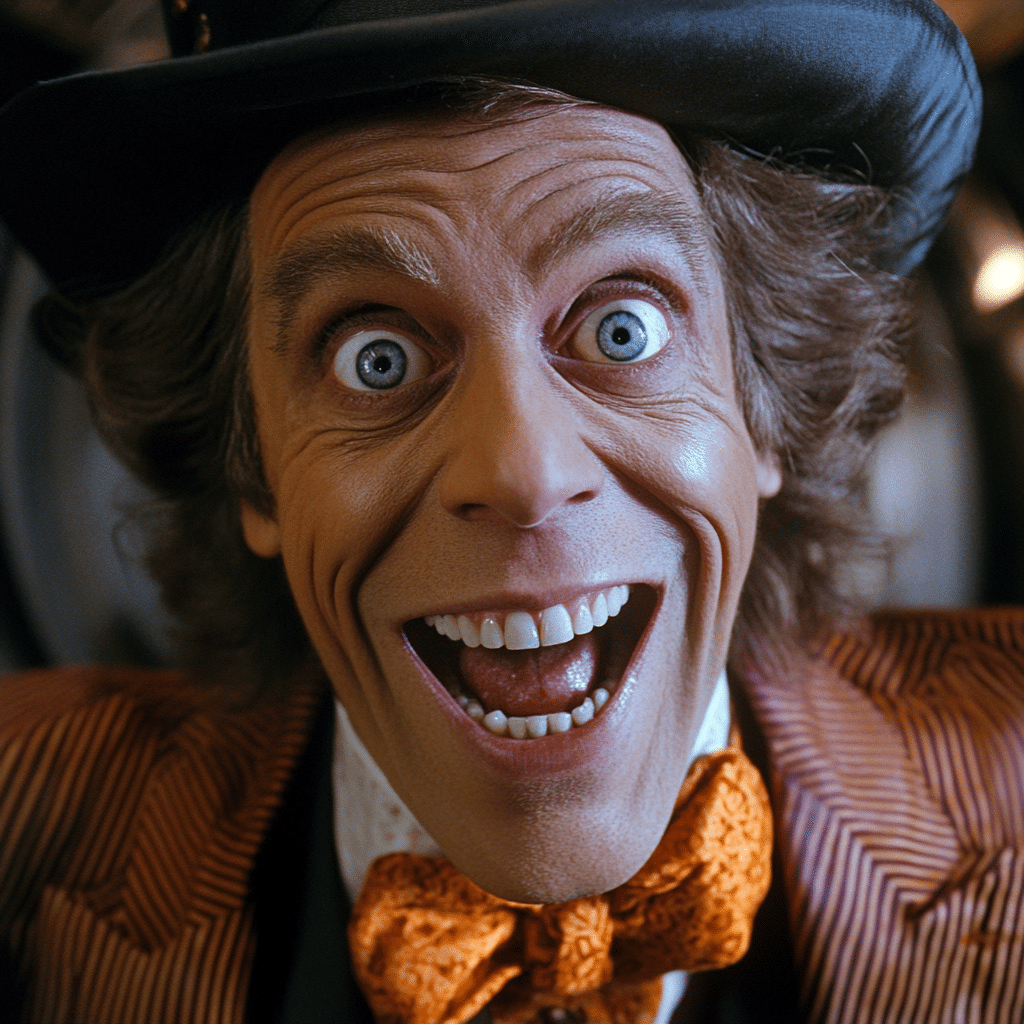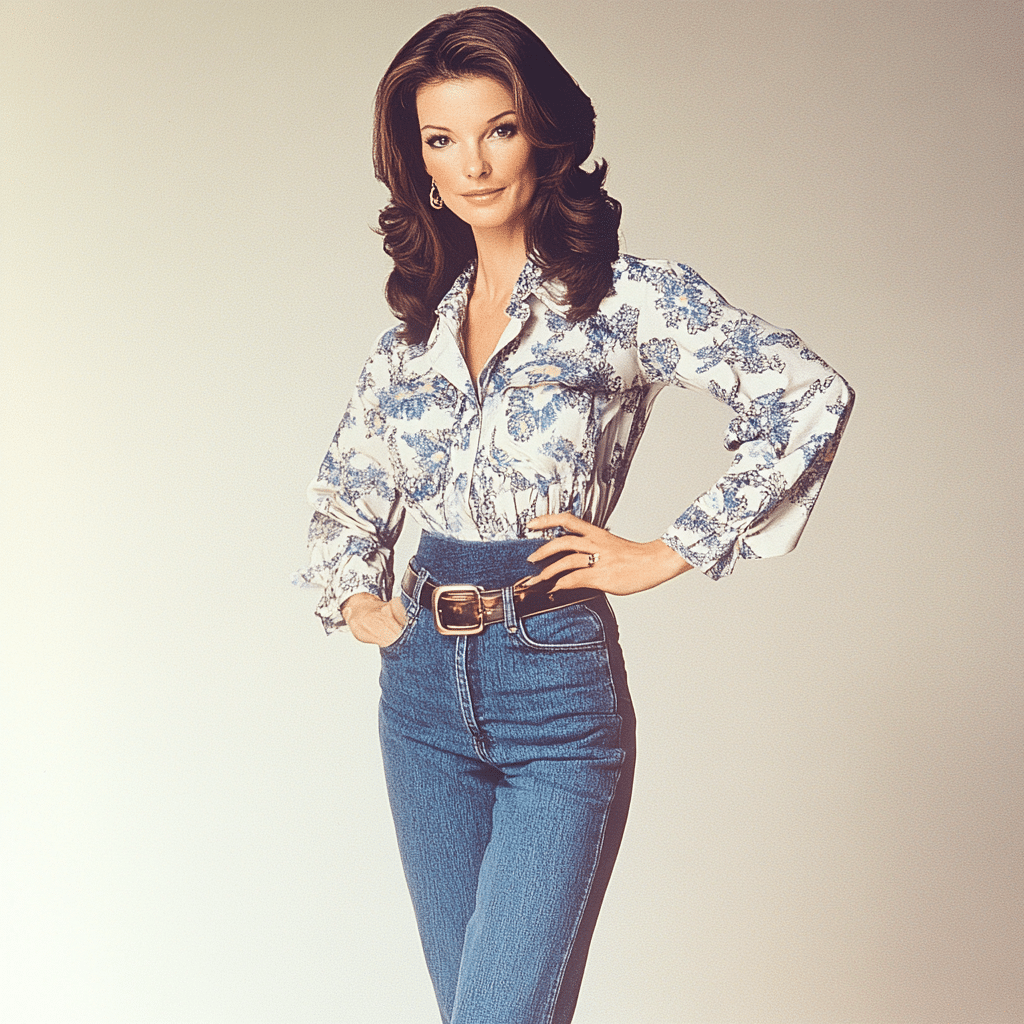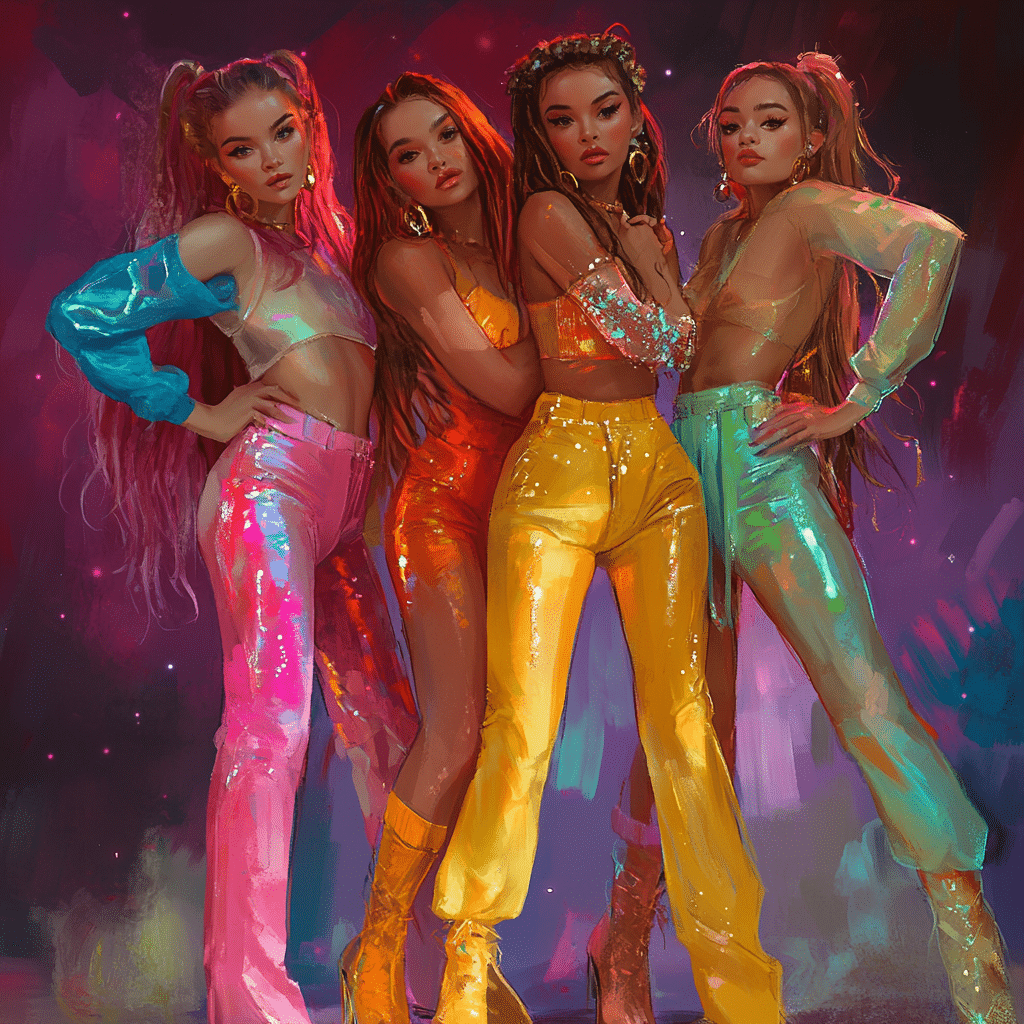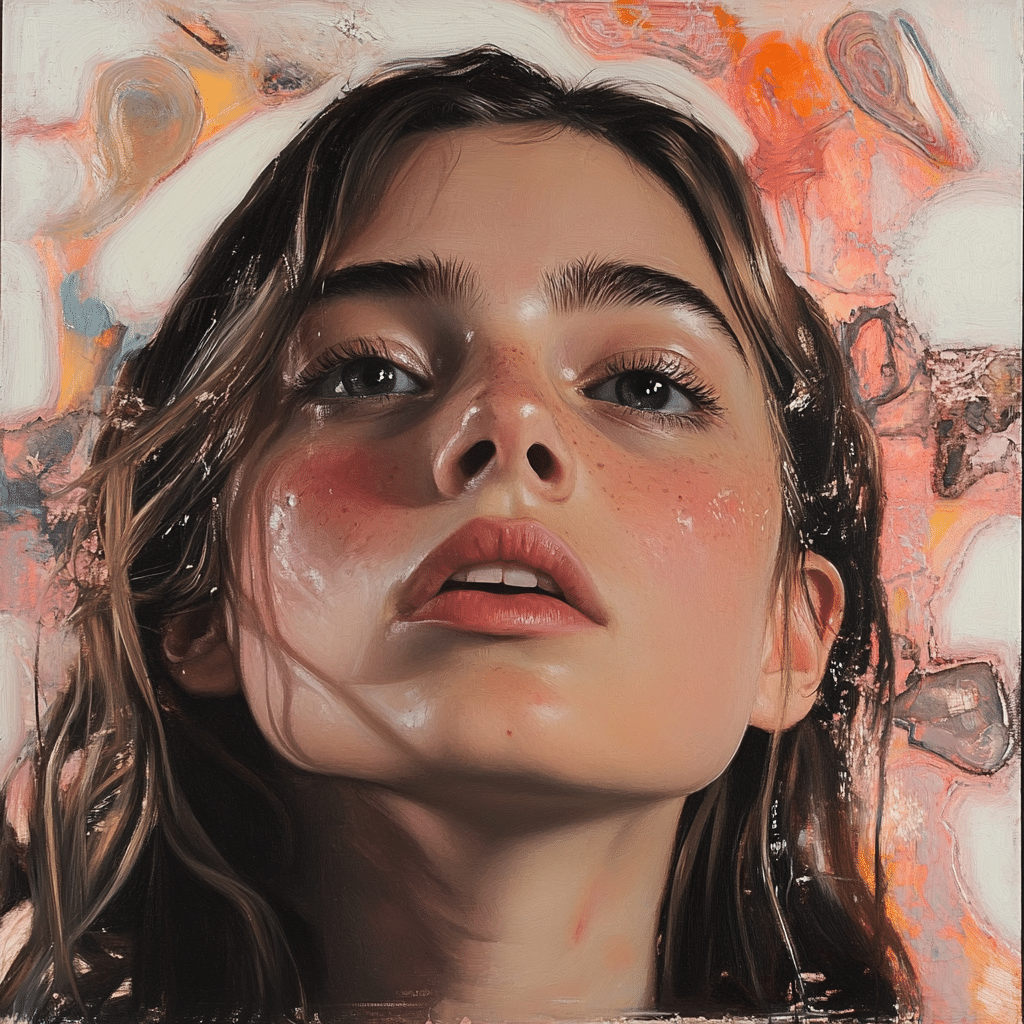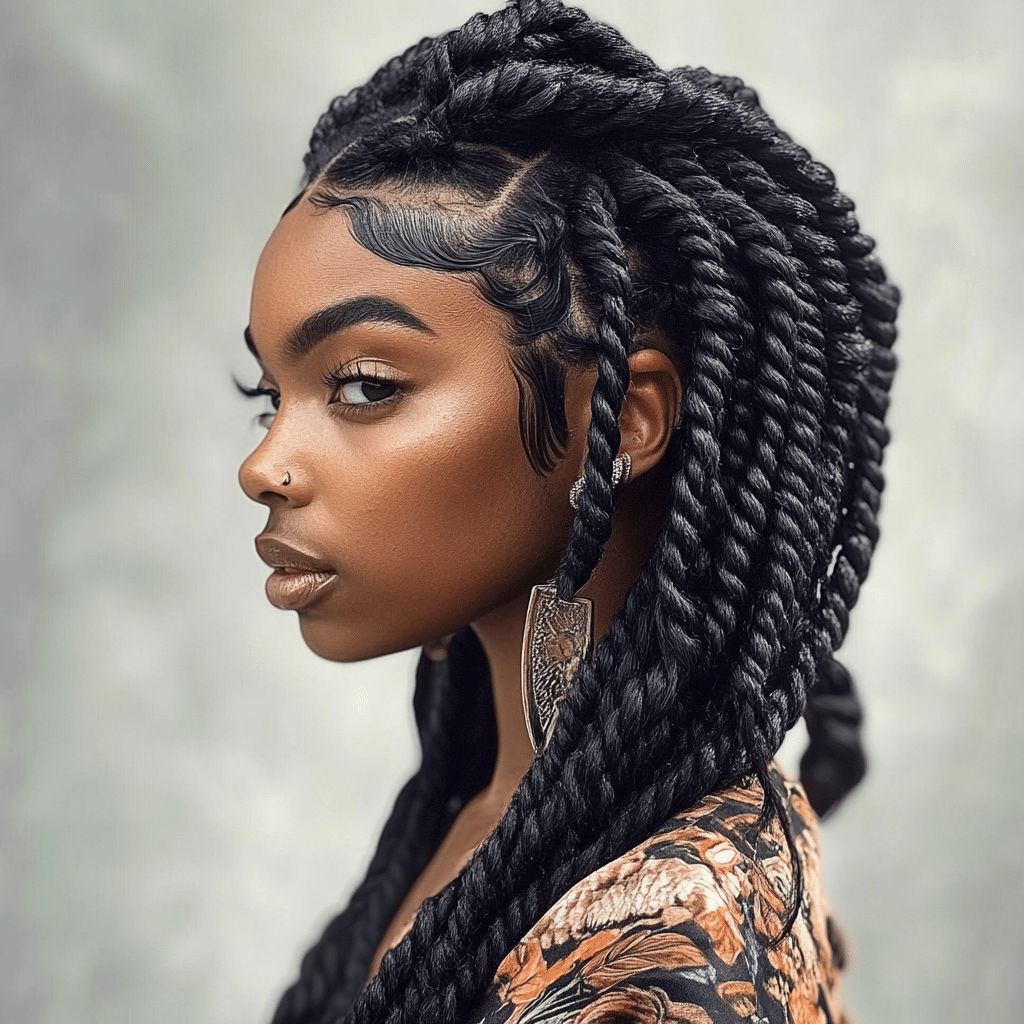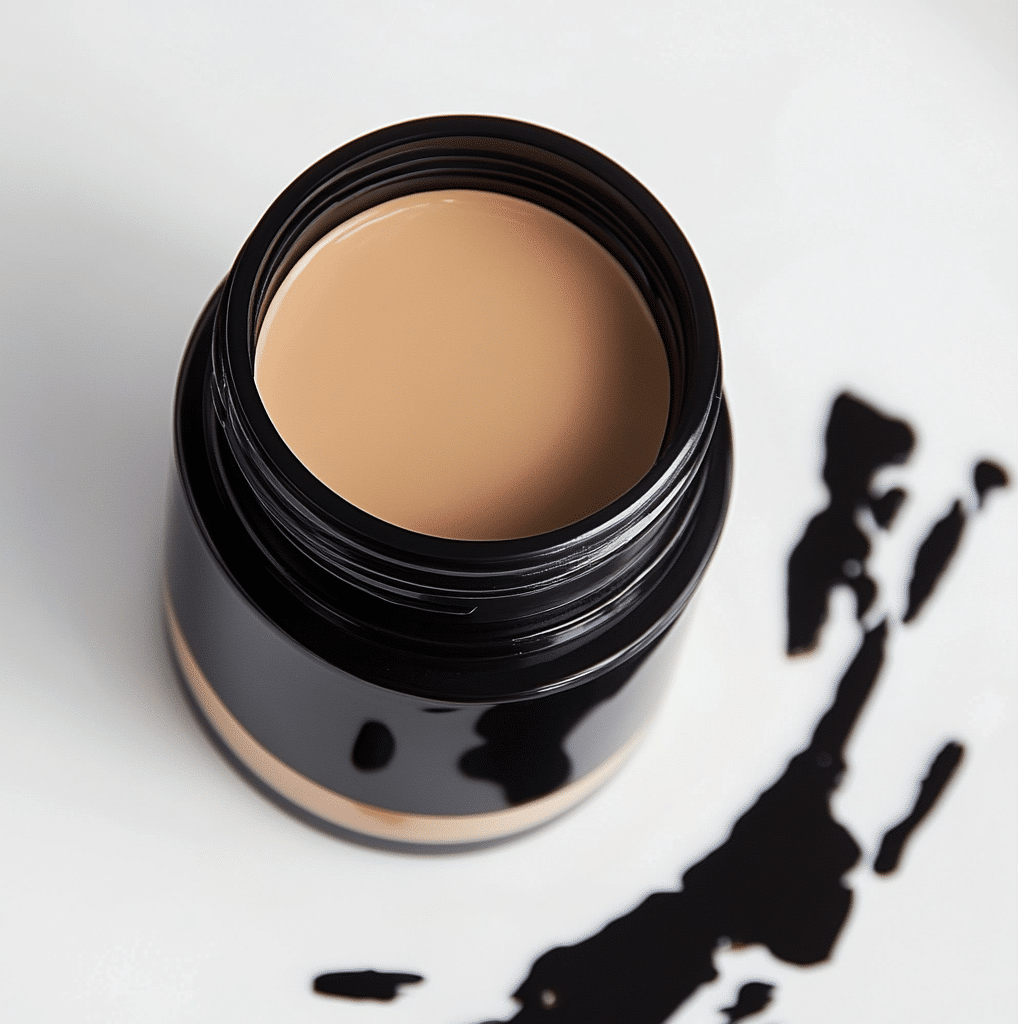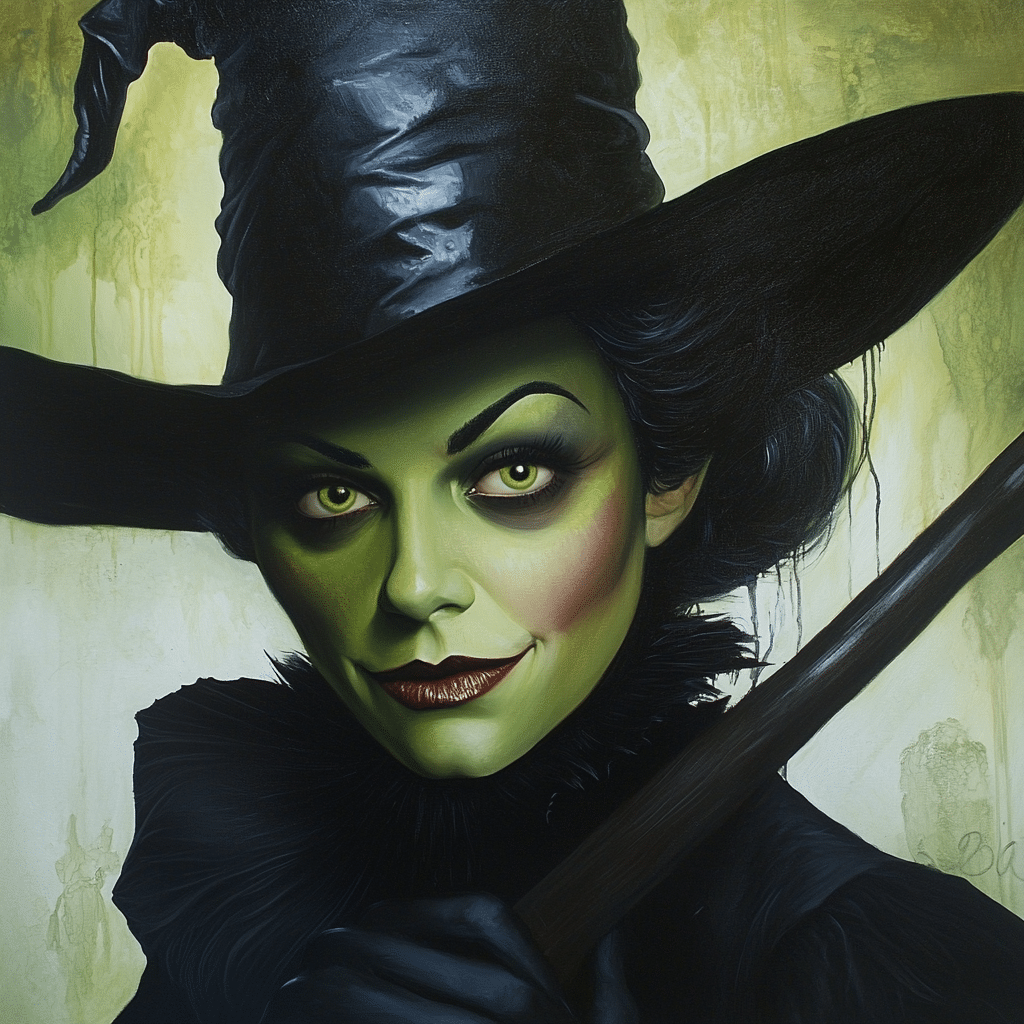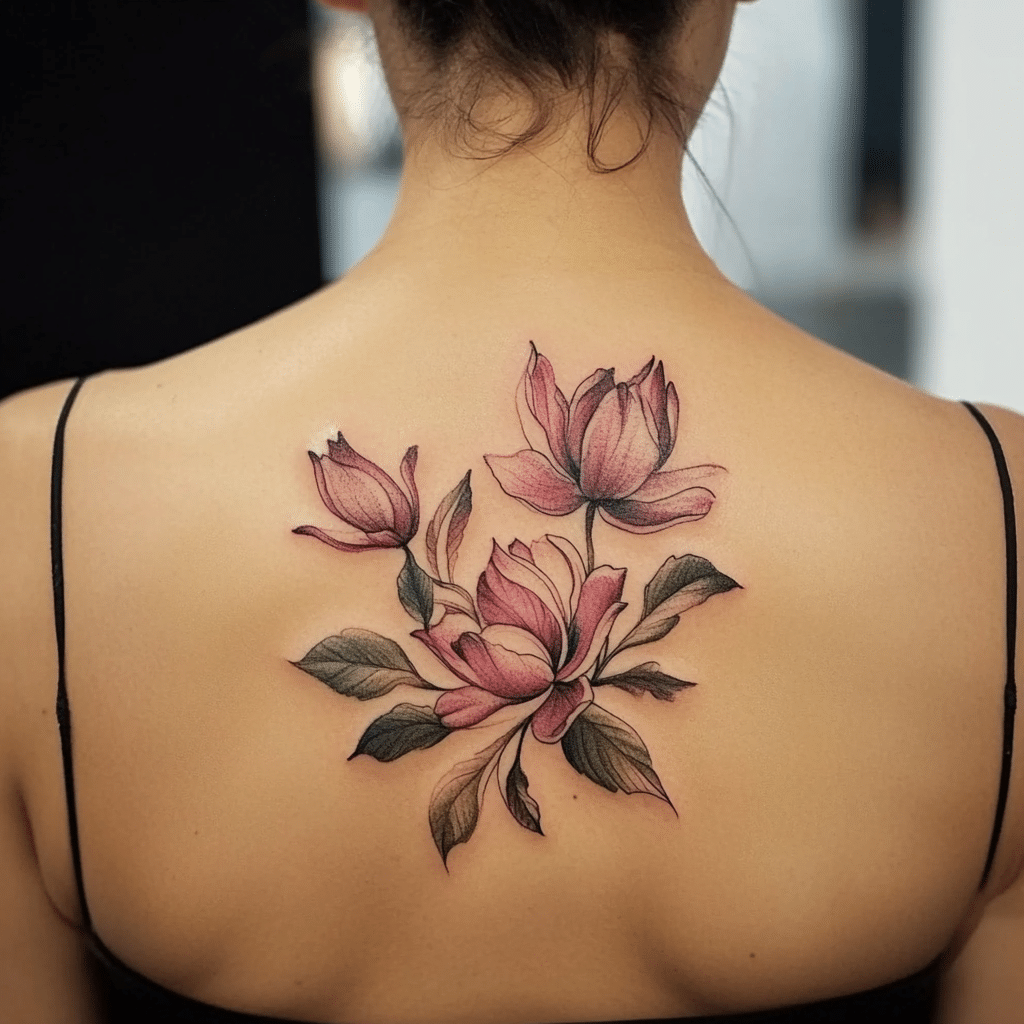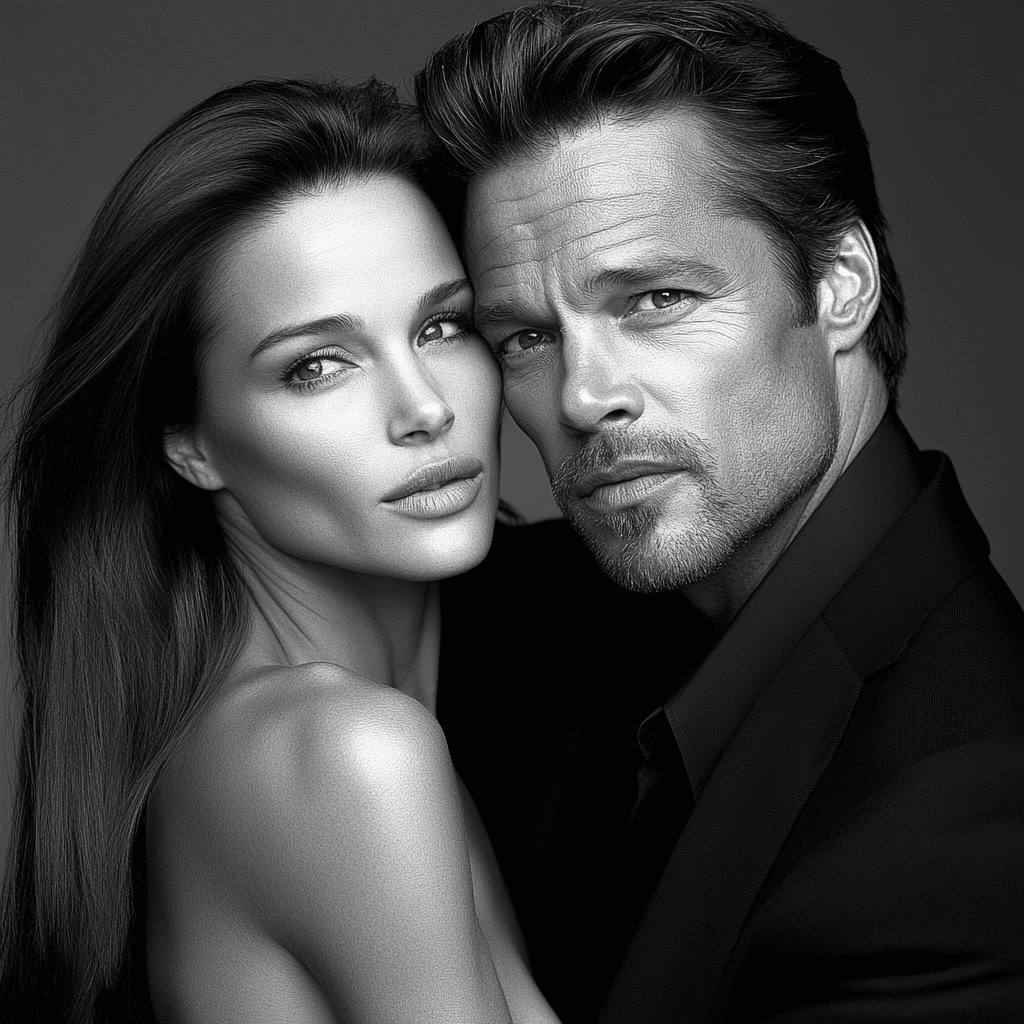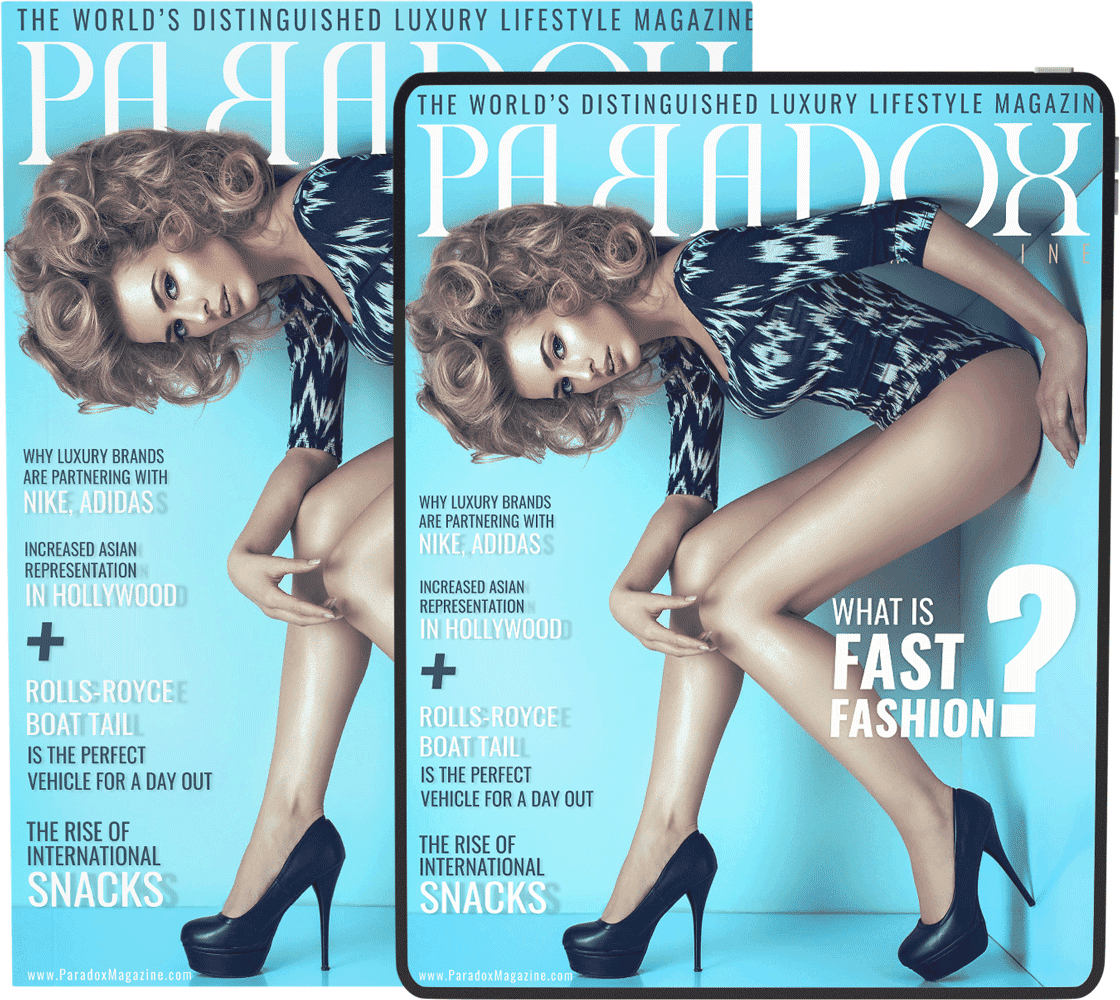The 1960s, a decade marked by radical change and vibrant artistry, bore witness to a constellation of stars that redefined pop culture. Edie Sedgwick, a name synonymous with both incandescent allure and heartrending tragedy, was one such luminary. As a muse to Andy Warhol, Sedgwick’s narrative intertwines with the fabric of an era obsessed with the creation and consumption of the Image. But who was the woman beneath the moniker of “Warhol’s muse”? Let us unravel the enigma of Edie Sedgwick, whose life extended far beyond the canvas she unwittingly became.
Edie Sedgwick’s Ascent to Becoming Andy Warhol’s Muse
In the bustling city where dreams were manufactured as swiftly as they were dismantled, a young Edie Sedgwick entered the frame to corner the attention of Andy Warhol, the avant-garde maestro of The Factory. Their fateful encounter blossomed into a partnership that would immortalize Sedgwick—a scintillating figure caught in the strobe lights of fame.
From Privilege to Pop Art: Edie Sedgwick’s Early Years
Born into an affluent family with a complicated ledger of tragedy and privilege, Edie was like a bird, precariously perched between high society’s gilded cage and her yearning for unfettered self-expression. Underneath the sheen of her privileged upbringing was a soul aching to burst forth, to eclipse family expectations, the art scene her canvas of liberation. High society’s darling dove headfirst into the avant-garde pool of New York City, where her radiance caught the ever-roving eye of Warhol – a serendipitous crossing that would alter the trajectory of both their fates.
The Factory Years: A Silvered Existence
The Factory, Warhol’s silver-walled studio, became both a haven and a stage for Sedgwick. Here, floating within silver balloons and amid eccentric souls, she shone brightest. Films like “Poor Little Rich Girl” and “Beauty No. 2” were both a showcase for her charismatic aura and a magnifying glass to the fragility beneath her surface. As Liv lo continues to dazzle in contemporary culture, we are reminded of the effortless cool that Sedgick brought to The Factory, where she became the shimmering zeitgeist of an era.
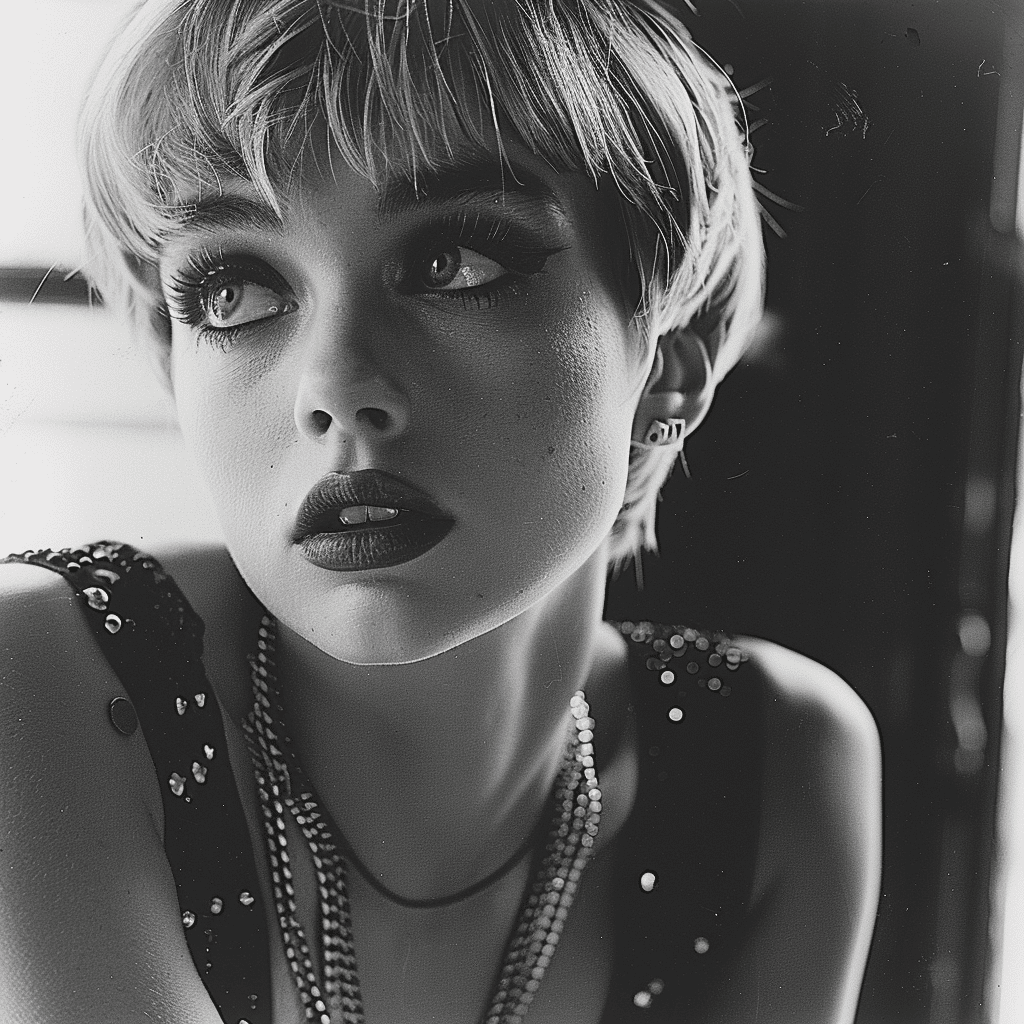
The Glare of the Spotlight: Edie Sedgwick and Fame
Fame enveloped Edie like a mink coat; luxurious, desired, but ultimately stifling. Her rise to idol status was meteoric—her lightning-in-a-bottle energy translated effortlessly into modeling gigs and photo shoots, capturing the essence of an age as she adorned magazines and dazzled at elite gatherings.
A Fashion Icon and a Symbol of the 60s
The definitive 60s “It Girl,” Edie’s sartorial choices etched her into fashion’s eternal annals. From her bold workout Sets to the captivating dance between androgyny and femininity, Edie was fashion’s darling muse—unwittingly laying the blueprints for influencers to come. She was to the 60s what Zosia Mamet is to contemporary conversations; a template for individuality, a beacon of trendsetting brilliance.
The Price of a Public Image
However, notoriety is a double-edged sword—a truth Edie knew all too well. With every flashbulb’s glare, her individuality risked becoming a public commodity. Beneath her high society bravado lay vulnerability; the public-eyed pedestal her prison. Friends and associates like Bibbe Hansen witnessed the relentless pursuit of Edie’s fractured fairy tale—a cautionary reminder engraved in the annals of fame’s archive.
| Aspect | Details |
|---|---|
| Full Name | Edith Minturn Sedgwick |
| Date of Birth | April 20, 1943 |
| Place of Birth | Santa Barbara, California, USA |
| Date of Death | November 16, 1971 |
| Early Life | Heiress to a wealthy family, struggled with mental health issues and familial pressures |
| Career | Actress, model, and socialite. Known for her work with Andy Warhol and her role in the 1960s avant-garde art scene |
| Andy Warhol Era | Starred in several Warhol films, became his muse and a regular at The Factory from 1965 to 1966 |
| Relationship with Warhol | Professional and personal, though reportedly platonic. Warhol was fascinated yet troubled by her |
| Notable Films | “Poor Little Rich Girl”, “Beauty No. 2” |
| Warhol’s Comments | Warhol considered her “beautiful” but “tormented,” and made an off-hand, morbid remark about filming her potential suicide |
| Relationships | Linked to many figures including Bob Dylan; Dylan denied a romantic relationship but acknowledged knowing her |
| Cultural Impact | Icon of the mod fashion scene, symbol of 1960s youth culture, and model for the “Factory Girl” archetype |
| Death | Died of acute barbiturate intoxication, ruled as “undetermined/accident/suicide” |
| Legacy | Continues to be a figure of fascination in pop culture, art, and fashion; subject of films and songs |
The Downward Spiral: Sedgwick’s Struggle with Addiction and Mental Health
Behind her glamorous façade, Edie grappled with inner demons—a mental health battle that unfolded in the most unforgiving of spotlights. Addiction and emotional turmoil were her clandestine companions, her struggles played out in a reel that seemed to lack the empathy of human touch.
The Intersection of Fame and Vulnerability
It’s no secret that Edie’s tender psyche was often obscured by the dazzle of her socialite stature. The societal views on mental health in the swinging 60s were archaic at best—cast aside, misunderstood, a blur in the background of her black-and-white portraits. Sedgwick’s dance with darkness served as a tragic subplot to her luminous front, a maelstrom that whirled beneath the captivating performances and glitzy soirées.
The Fallout with Andy Warhol
Andy Warhol, affectless in his interactions, once mused about Sedgick’s tragic trajectory with chilling detachment. Their relationship, complex and fraught with unspoken tensions, eventually frayed, leaving each to navigate the fallout in their separate solitudes. Warhol’s musings on Sedgwick, as morbid as they were, underscored the warped milieu in which they coexisted—a dichotomy of fascination and callousness.
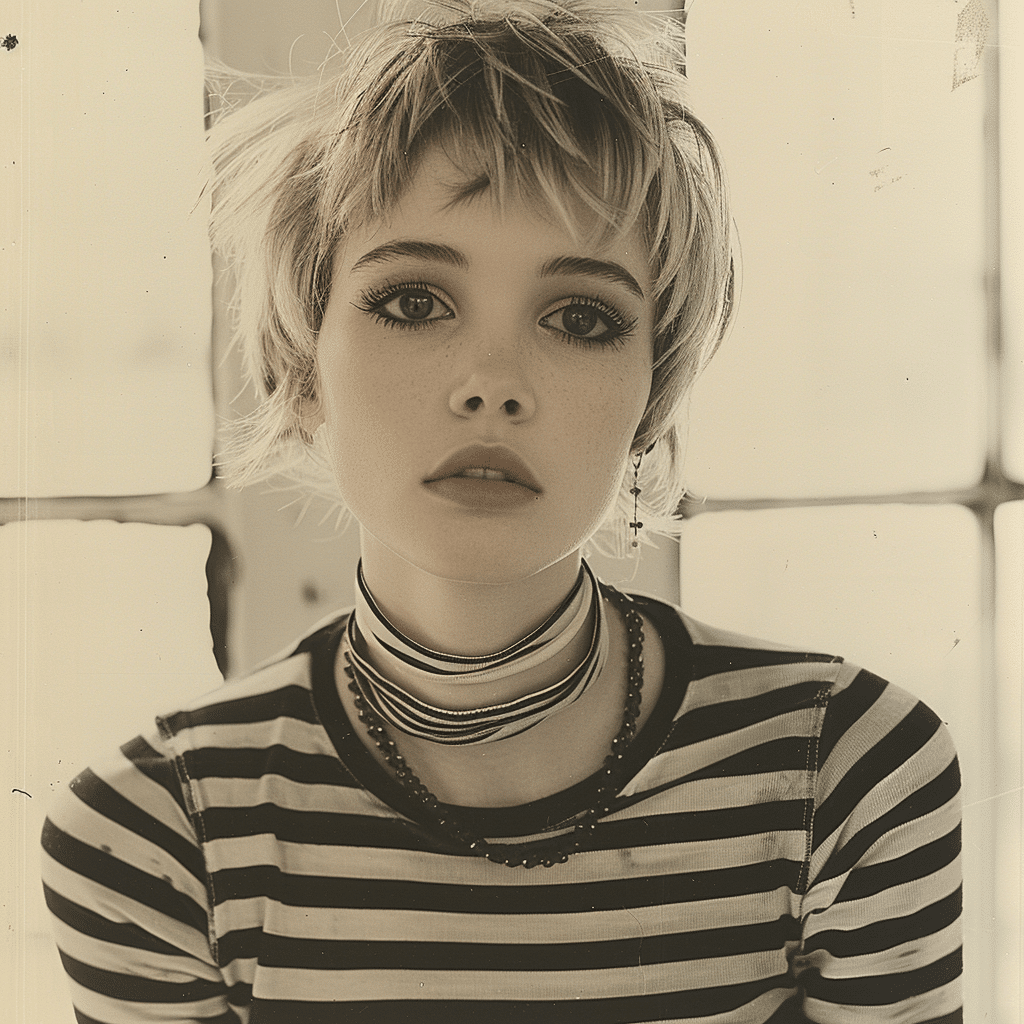
Edie Sedgwick’s Lasting Legacy
In death as in life, Edie Sedgwick’s star refused to dim. Her legacy persists, a glowing ember in the cultural consciousness, inspiring art and fashion that serve as testament to her unwaning resonance.
Beyond the Tragedy: Remembering Edie
Since her untimely departure from this mortal stage, Edie’s story has been revisited in film and literature – not as a sensationalized myth, but in an endeavor to distill the essence of her spirit. Her narrative continues to find harmony in the Harry Styles “As It Was” lyrics—a poignant reflection of beauty and sorrow intertwined.
The Muse Remembered
Artists and fashion icons of today pay homage to Edie’s enduring influence with reverence. Cultural critics dissect her aesthetic as though unwrapping a precious gift, while art historians view her through a compassionate lens—one that seeks to understand rather than to exploit. As Edyta Budnik captures imagination onscreen, her it-factor is a ghost echo of Sedgwick’s magnetic charm.
The Complex Tapestry of Edie Sedgwick’s Life and Influence
Edie Sedgwick, that enigmatic soul whose life unfurled in dramatic chiaroscuro, invites a profound introspection on the elusive nature of fame, art, and the vulnerability of being. Her narrative, embroidered into the very fabric of cultural discussions, remains a poignant reflection of our ceaseless fascination with icons that burn too bright.
As the chapters of Edie Sedgwick’s life turn—each page imprinted with her laughter, her tears, her beauty—we are drawn into a dance with the questions she left behind. Muse. Icon. Enigma. Her life was a vivid splash on the canvas of the 20th century, and her shadow lingers on, a silhouette against the glittering backdrop of eternity.
A Glimpse into Edie Sedgwick’s Enigmatic Life
Edie Sedgwick, known for her captivating beauty and fleeting stardom, became an icon of the 1960s. Equally mesmerizing and tragic, her life seemed to mirror the complexities of a New York art scene that was as dynamic and unpredictable as her own rise and fall. Much like the surprising twists in a chart-topping hit by Harry Styles, her story is a bittersweet blend of light and shadow, a testament to the era’s restless spirit. In “As It Was,” Styles croons about changing times and the nostalgia of a lost connection, echoing Sedgwick’s own turbulent journey through fame.
With her elfin features and mod style, Edie dazzled the crowd the way one might imagine Sydney Simpson dazzling her followers after her notable weight loss. The transformation both women underwent—Sedgwick becoming Warhol’s muse and Simpson achieving a remarkable physical change—share a narrative of reinvention and perseverance. While the attention Sedgwick commanded was as arresting as Sydney’s, their stories are a reminder of the pressure that so often accompanies the spotlight, the scale of public expectation always teetering, ready to tip.
Yet, if Sedgwick’s life were to be monitored, not unlike how New Relic enables one to get synthetics monitoring to work with meticulous precision, perhaps the peaks and troughs of her career could be mapped out. It might reveal a pattern as intricate and revealing as the data points that track the performance of a software application. Her journey could be charted from the dazzling highs of her association with Warhol to the lows marked by personal struggles, reminding us that the tickers and metrics of human experience are more complex than any system.
As consistently as the rules that govern California Nmls lending reports, Edie’s lasting impact on the fashion world remains a constant. Just as mortgages are meticulously regulated, Sedgwick’s style continues to be a gold standard for aspirational beauty, both timeless and impossibly chic. Despite, or perhaps because of, the volatility that marked her life, Sedgwick endures as an emblem of innate style and unforgettable grace – an original that can never be replicated.

Was Bob Dylan in love with Edie Sedgwick?
– Ah, love and celebrities, like two peas in a pod, right? Well, here’s the scoop: Bob Dylan, that enigmatic troubadour, has kept his lips sealed tighter than a drum when it comes to any romance with Edie Sedgwick. Though folks have long speculated about their chemistry, Dylan’s been quick to pour cold water on those flames, always denying any love story but tipping his hat to their acquaintance. Seems like if Dylan was struck by Cupid’s arrow, he’s determined to keep that arrow in his quiver!
What mental illness did the Sedgwick family have?
– Talk about a family tree with some gnarly branches, huh? The Sedgwick clan was no stranger to the turbulent winds of mental illness, with the shadow of illnesses such as depression haunting the family narrative. It’s like a dark cloud that lingered over them, generation after generation. Despite their success and social standing, battling the blues was as much a part of the Sedgwick legacy as their storied ancestry.
Did Bob Dylan write any songs about Edie Sedgwick?
– Did ol’ Bob strum his guitar thinking of Edie? Well, the rumor mill’s churned out plenty a tale about Dylan penning tunes for Sedgwick, his supposed muse. However, looking for a straight answer in Dylan’s labyrinthine lyrics is like trying to nail jelly to the wall! The guy’s a poet, and his words are a riddle wrapped in a mystery. While no song carries her name in bright lights, fans and critics alike love to read between the lines, pointing at tracks like “Just Like a Woman” and “Leopard-Skin Pill-Box Hat” with a knowing nod. But Dylan himself? He’s never confirmed a thing—guess it’s just another folk tale in the book of rock ‘n’ roll!

